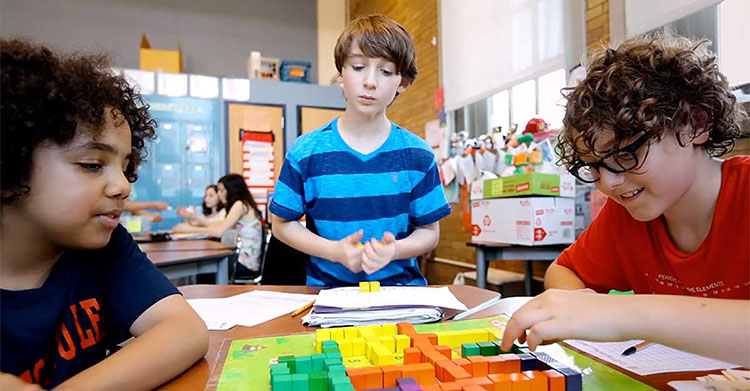Austin Yawp!: A welcoming new learning community where families connect
/A new unschooling and peaceful parenting space called Austin Yawp! has emerged in the past few months, so I decided to grab the opportunity to learn more about it by talking with Hannah Ford, one of Yawp!’s founders. Although unschooling has been around as an alternative education option at least since the 1970s, the concept is new to me (but not to my sister and Alt Ed Austin founder Teri), so I began by asking about some basics.
What exactly is unschooling? Hannah explains that unschoolers allow kids to learn naturally, without an imposed curriculum. “You work together as a family, and kids are empowered to make choices just like adults are able to make choices. We respect children, and we trust them.” She says that it’s a little crazy that the world believes everyone needs a piece of paper and test scores to prove they are learning, when learning is such a fundamental, natural process.
But unschooling is not exactly “child-led” as people sometimes describe it. “The child is not always leading, because that would presume the child knows all that’s available. What we’re doing is looking for sparks of passion, and feeding them. We’re constantly watching to see what kids are excited about. ‘Strewing’ is a good term. You look for what makes a kid’s eyes light up, and help them find information—books, people, museums—and let them go as far as they want to. If your children are interested in fish, you follow the fish as long as they want to!”
Hannah emphasizes that although she favors unschooling, Yawp! welcomes families pursuing a whole variety of approaches to learning, including various forms of homeschooling, alternative schooling, and even public school.
“We’ve been reassuring people that there is no test. If you’re interested in peaceful parenting and trusting and respecting children, we want to hear what you have to say. We want to be inclusive of a variety of philosophies. When you come here, you’re acknowledging respect for what we’re doing, respect for all the other families.”
Unschooling is still an uncommon choice, which can be isolating. Hannah saw that families needed a way to combat that isolation, and that’s how Austin Yawp! was born. “I feel like not only are families connecting with each other through Yawp!, but they’re also deepening family relationships. We have some kids who previously weren’t that comfortable in social settings, but here there’s a space where the vibe is welcoming to everyone, and that allows for connections and friendships.”
“And it’s really nice to meet other families on neutral ground, where no one has to worry about tidying up the house, and there’s no one hushing you, as you might have at a library or coffee shop,” says Hannah.
A typical day at Yawp! includes some planned events as well as open drop-in hours when families can meet to pursue any activity that interests them. Kids have met up for Minecraft, to create elaborate cardboard houses, and to play with DIY light sabers. The space has also hosted Raising Resisters, a parent discussion group that focuses on anti-oppressive parenting and education tactics.
Yawp! currently operates in a small space in the Mueller neighborhood, and they are planning to expand to a second location that will offer more room and a better outdoor play space. Watch their Facebook page for more details and information about upcoming events. And to learn more about activities, visiting, and the member agreement, check out the Austin Yawp! website.
Shelley Sperry



























